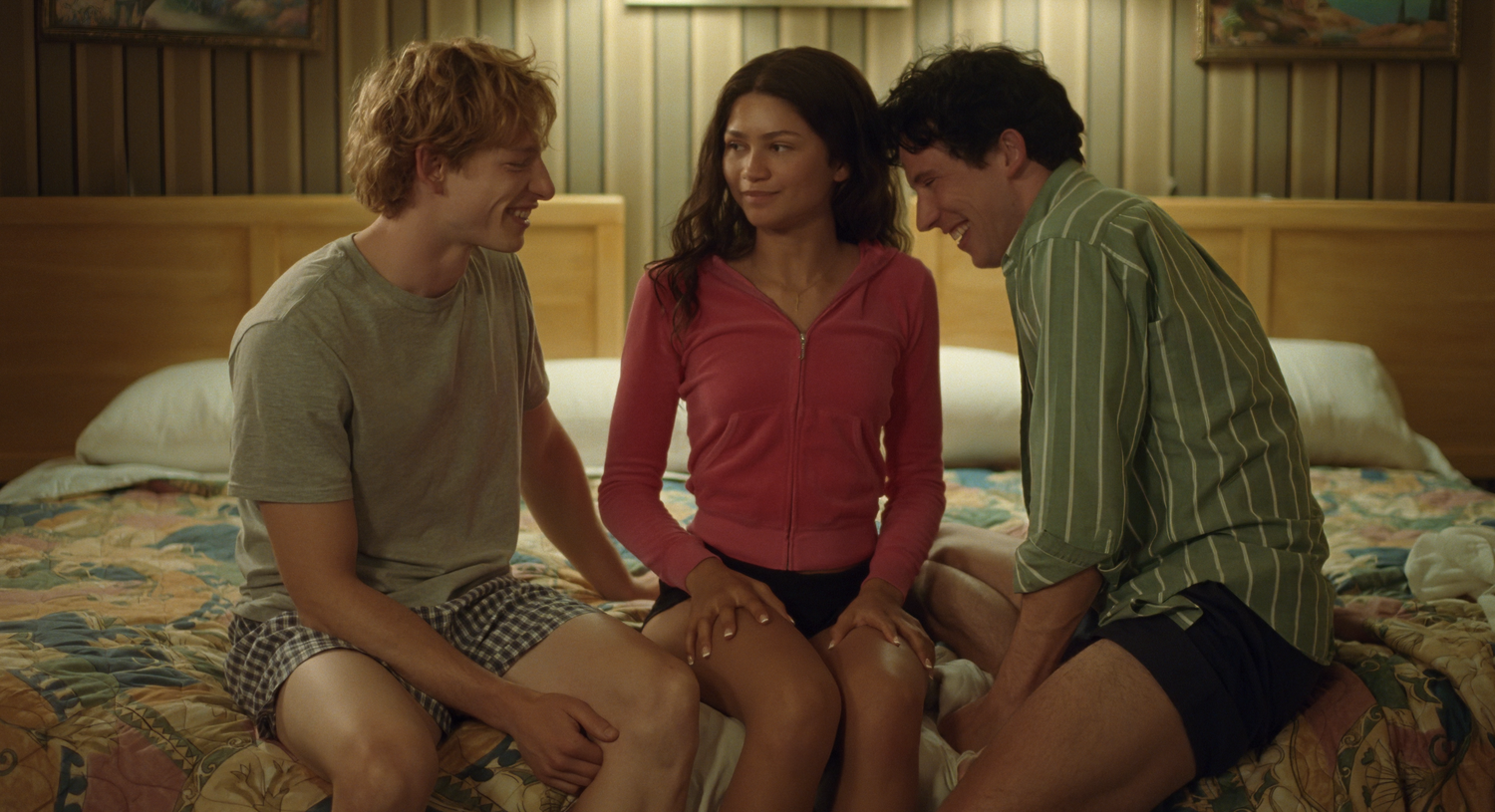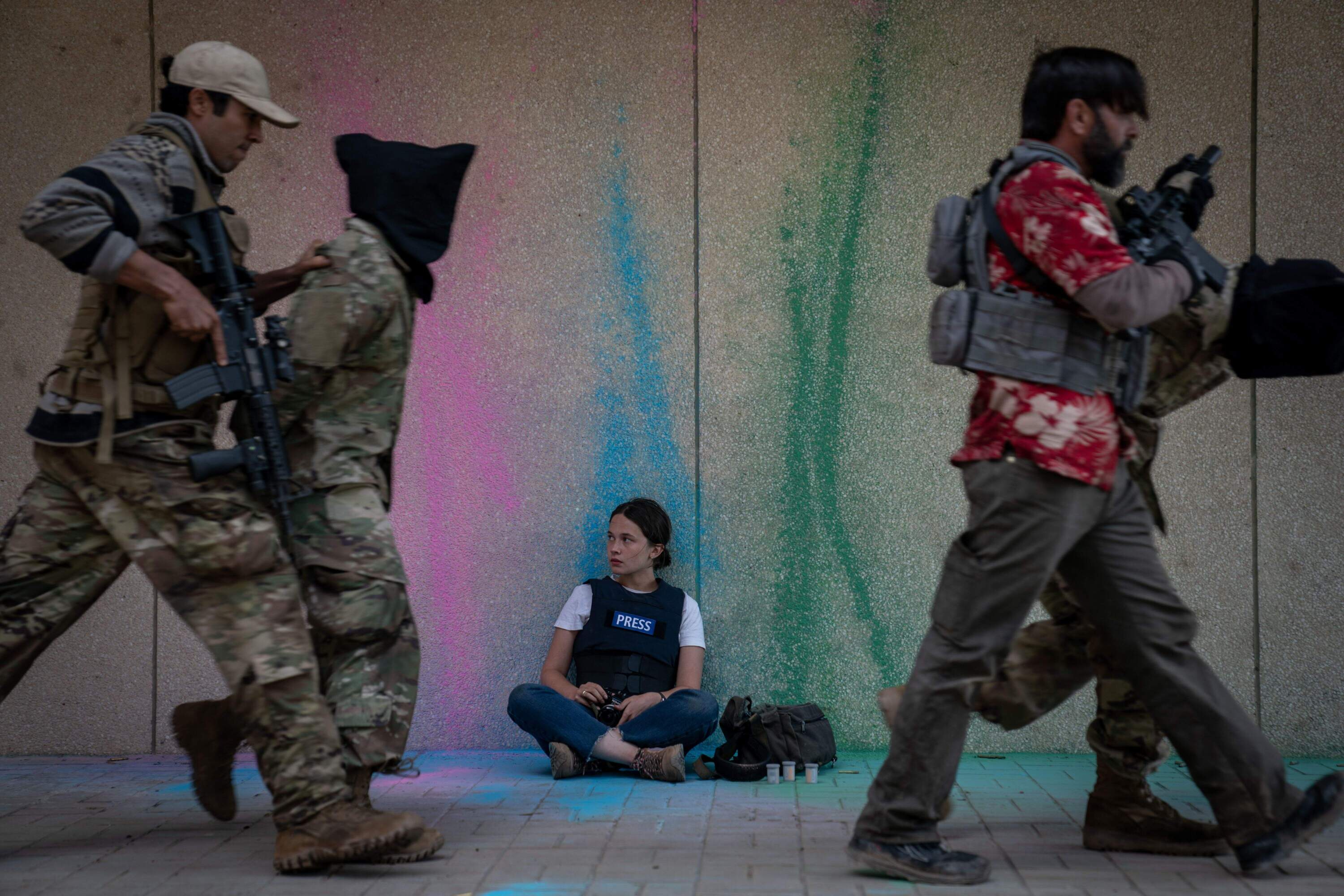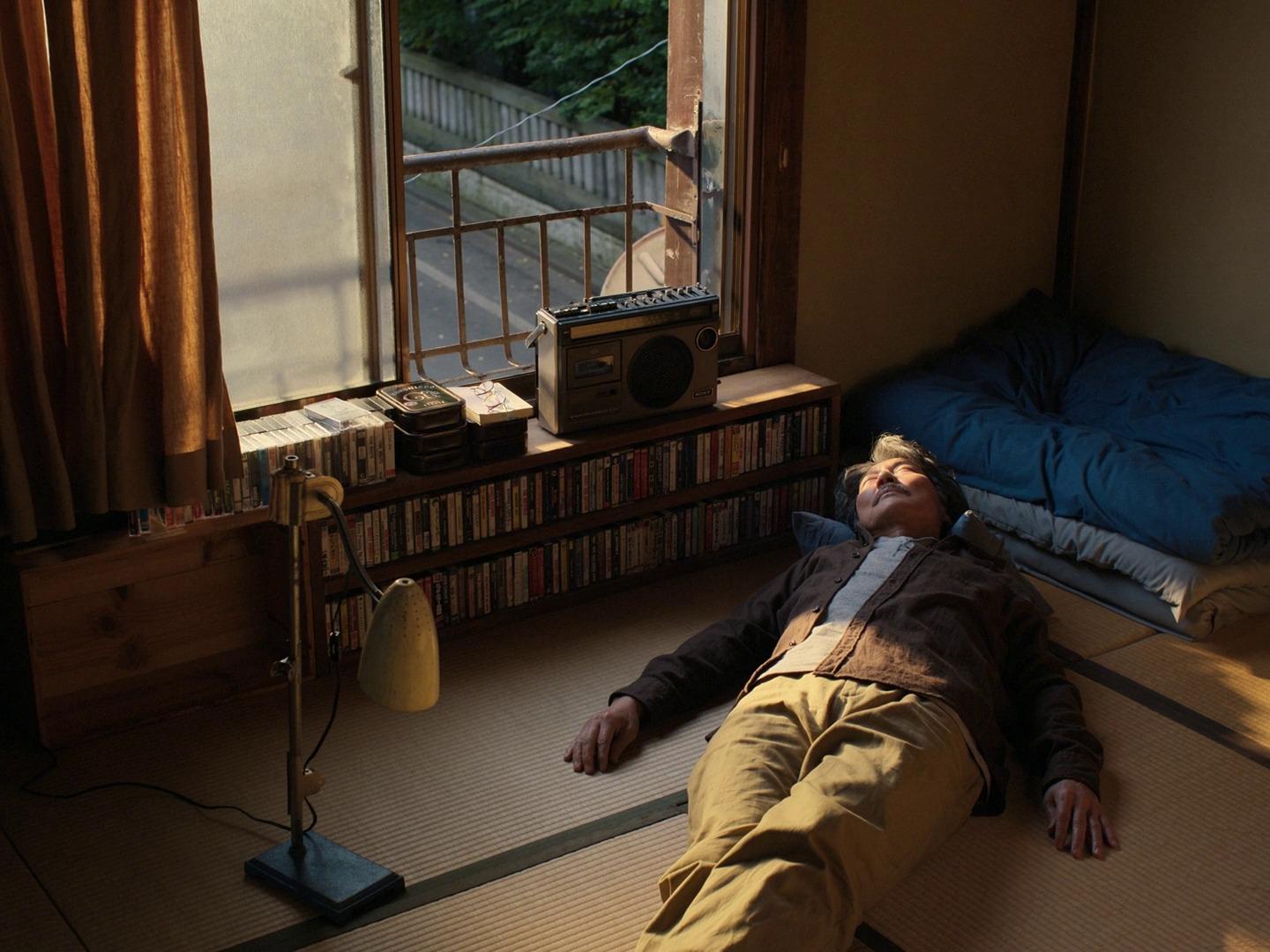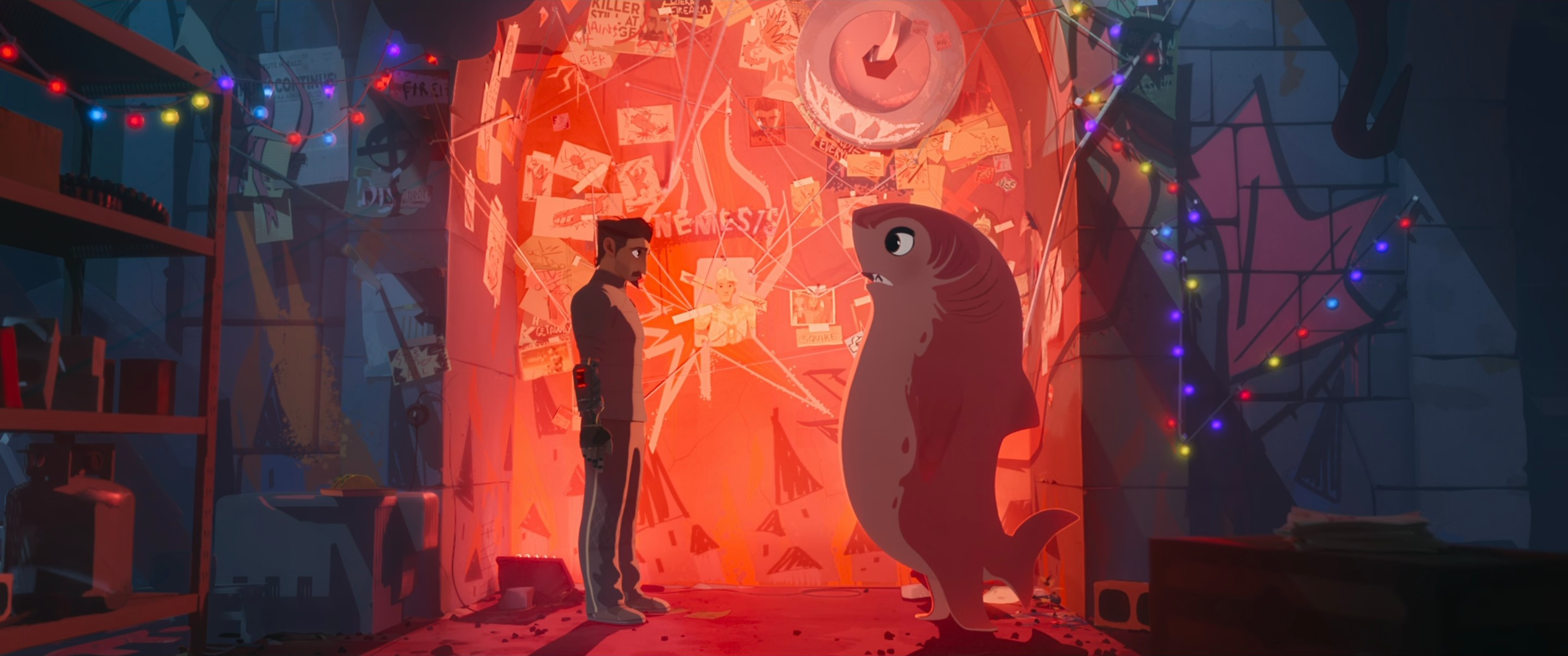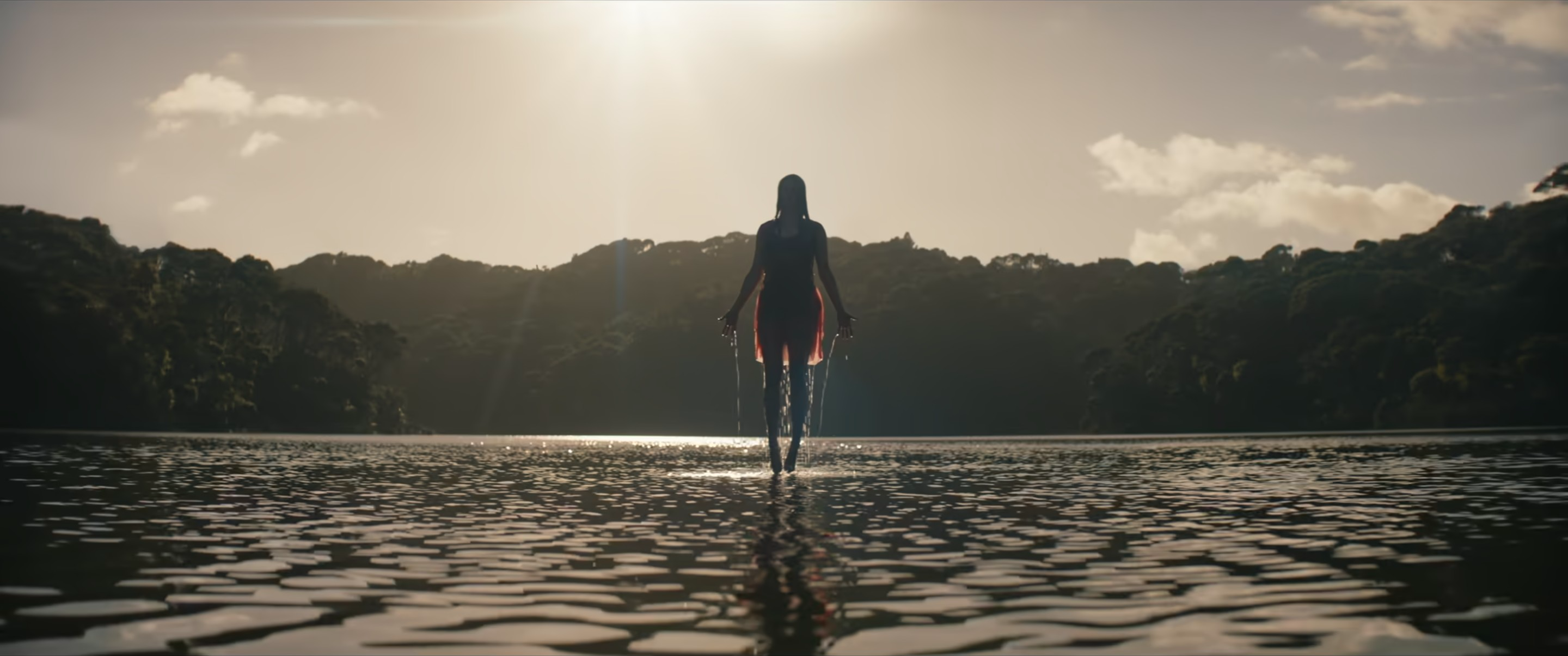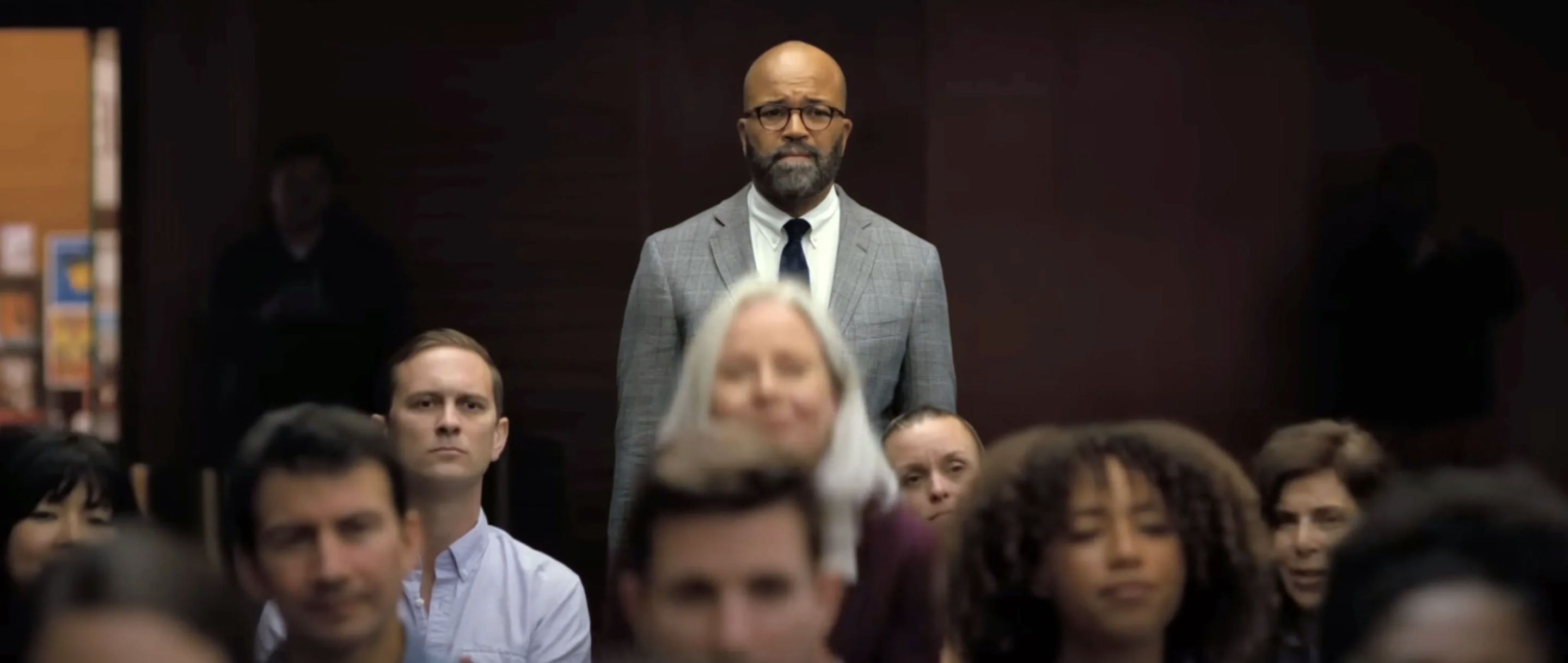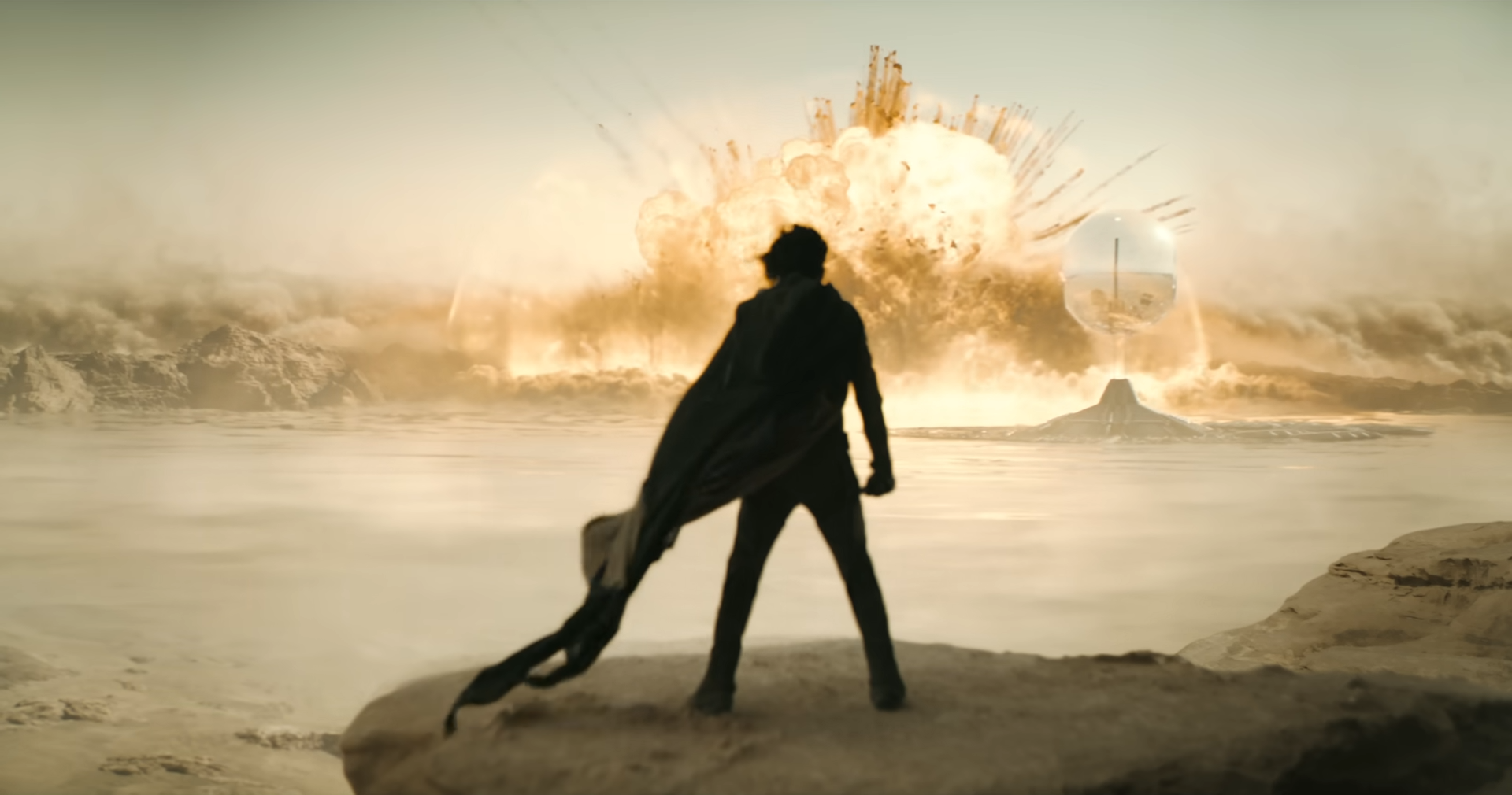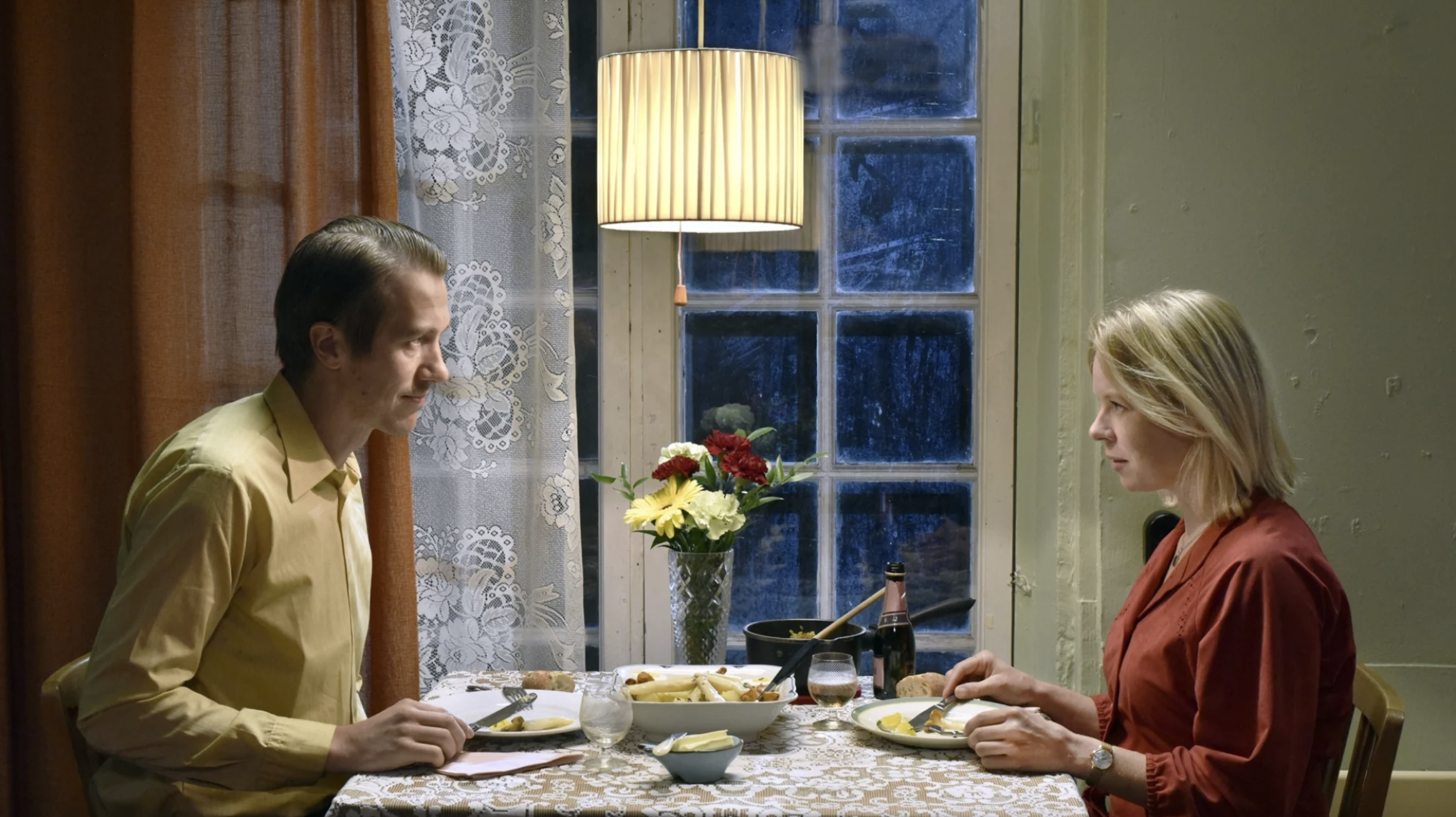Challengers (2024)
Tennis may be a relationship according to the grand metaphor of Challengers, though by exploring the complicated entanglement of love, lust, and loathing between three rivals, Luca Guadagnino uncovers an even more sensual desire for intimate connection that can only be found in the midst of heated competition.

